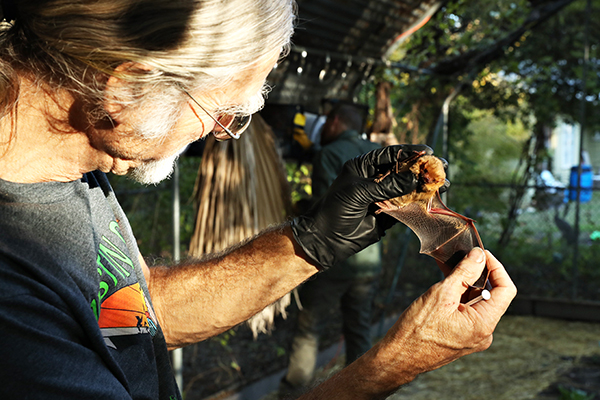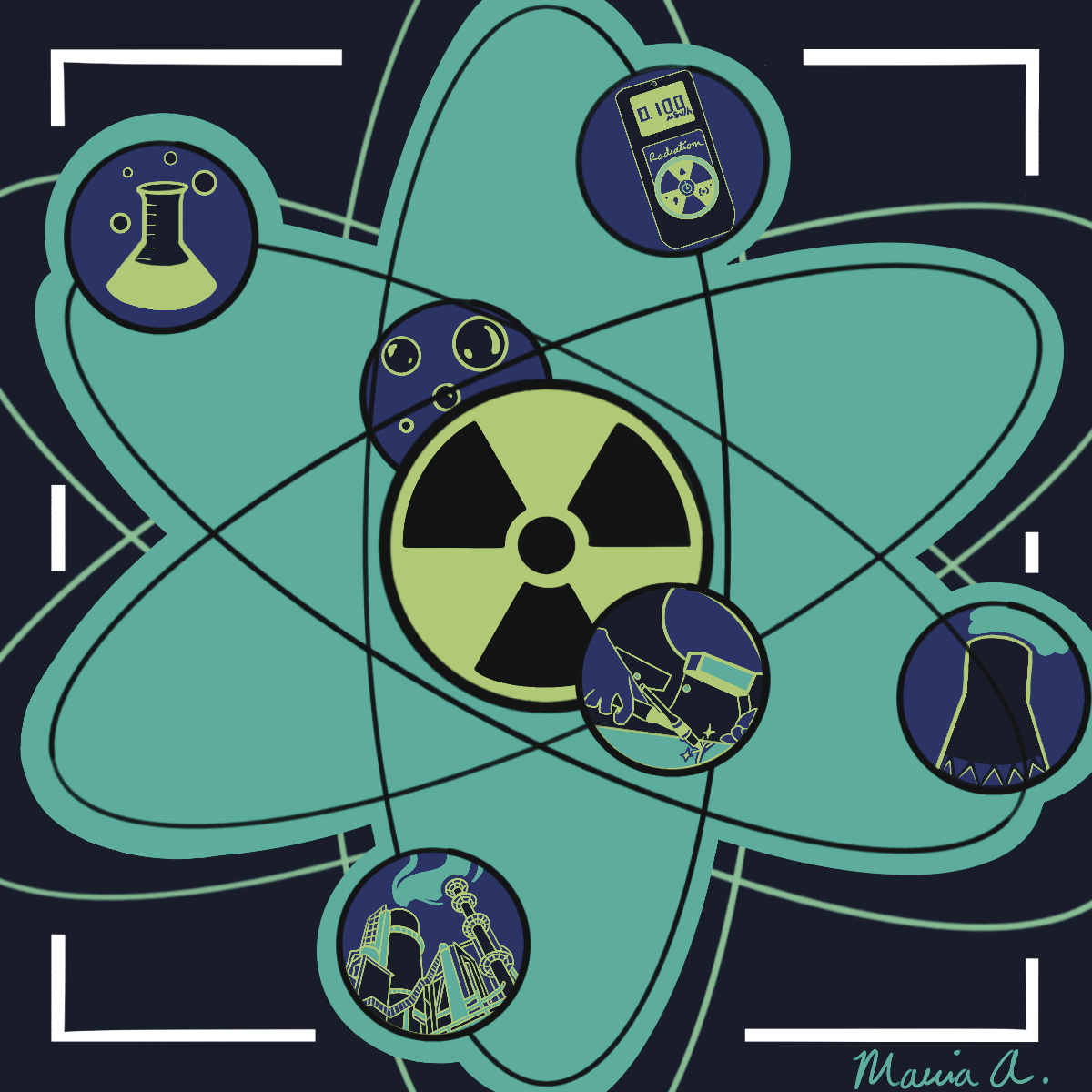Bats are one of Austin’s most iconic nonhuman residents, but their populations have been declining because of natural and man-made threats across Texas and the United States.
White-nose syndrome and wind turbines are two significant threats to bat populations, said Jonah Evans, state mammalogist for the Texas Parks and Wildlife Department.
White-nose syndrome is caused by a fungus that infects bats during hibernation, said Fran Hutchins, director of Bracken Cave Preserve. He said when bats hibernate, they lower their body temperature and slow down their metabolism. The disease occurs when the fungus gets onto a bat’s body and acts as an irritant, Hutchins said. By waking up to deal with the fungus, he said the bat increases its metabolism to activate its immune system.
They end up burning off their fat reserves faster than they had planned when they wake up, and this causes them to starve to death before winter ends, Hutchins said.
In other states, the tricolored bat has experienced declines upward of 90% due to white-nose syndrome, Evans said. Although the disease has not been detected in Texas bats yet, Hutchins said the fungus itself has been documented in 22 counties across the state.
Wind turbines also kill many bats every year, said Dianne Odegard, co-founder of Austin Bat Refuge. Although it is unclear why bats are attracted to wind turbines, Odegard said the animals might see them as a place to roost.
Bats die when they run into wind turbine blades or experience barometric trauma, Odegard said. When the blades move quickly, she said they generate zones of low barometric pressure that damage the bat’s organs and kill them midair when they get close. There are not wind turbines in most of Central Texas, but bats that spend time in Austin often migrate and could be killed elsewhere.
The most common species in Austin is the Mexican free-tailed bat, one of 33 species in the state. Bats only give birth to one or two bat pups per year, so Evans said it is important to study what negatively affects them because it is difficult to recover their population.
To combat turbine deaths specifically, Evans said researchers at Texas State University tested acoustic deterrents mounted onto turbines that broadcast a high-frequency noise bats don’t like. By putting those devices on turbines, he said researchers saw bat collisions drop by 50%.
“That’s just the very early stages of development,” Evans said. “This will likely get much better as the technology improves.”





















